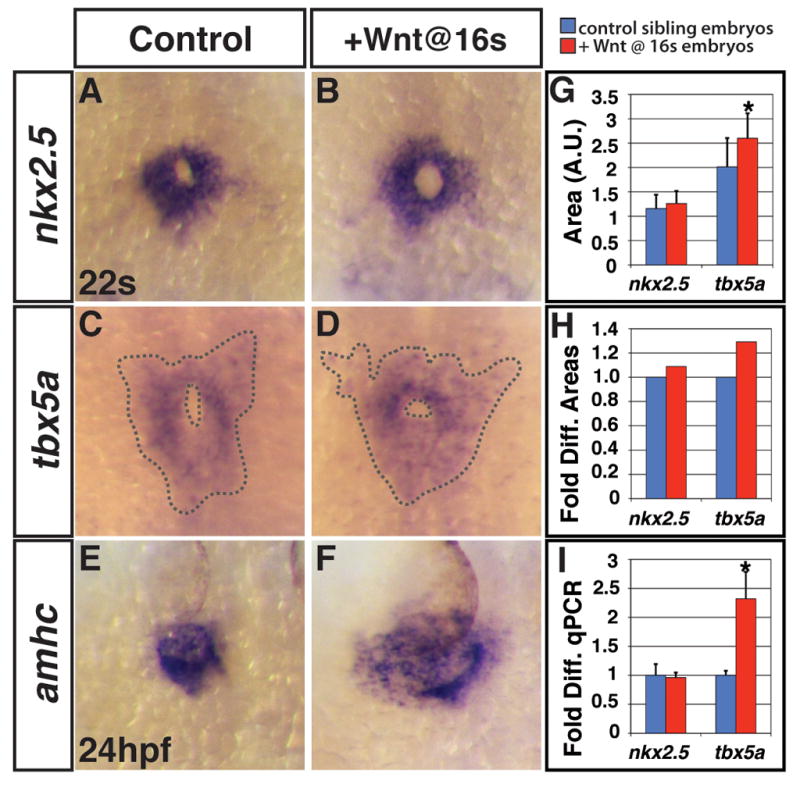Figure 10. Effects of increased Wnt signaling during atrial CM differentiation are evident by the 22 somite stage.

(A,C,E) HCSEs. (B,D,F) GFP+ embryos with increased Wnt signaling at the 16s stage. (B) The amount of cells expressing nkx2.5, which at 22s primarily marks ventricular cells, is not increased when Wnt signaling is increased during cardiac differentiation. (D) The amount of cells expressing tbx5a, which is expressed in both ventricular and atrial cells, is modestly increased by 22s. (F) When Wnt signaling is increased at 16s, amhc expression indicates that the atria are wider compared to controls (E) by 24 hpf. (G) Areas of the amount of cells expressing nkx2.5 and tbx5a in arbitrary units. (H) Fold difference in the areas of cells expressing nkx2.5 and tbx5a. (I) qPCR analysis of nkx2.5 and tbx5a expression at 22s. There is an increase in tbx5a greater than what is observed with the ISH analysis. However, we did observe an increase in tbx5a is expressed in the forelimb mesenchyme (data not shown). Therefore, the increase in tbx5a expression observed with qPCR likely reflects an increase in tbx5a expression from both populations. No difference in tbx5a expression in the eye was observed between HCSEs and embryos with increased Wnt signaling at the 16s stage at the 22s stage (data not shown). Asterisks indicates significant difference using Student’s t-test.
